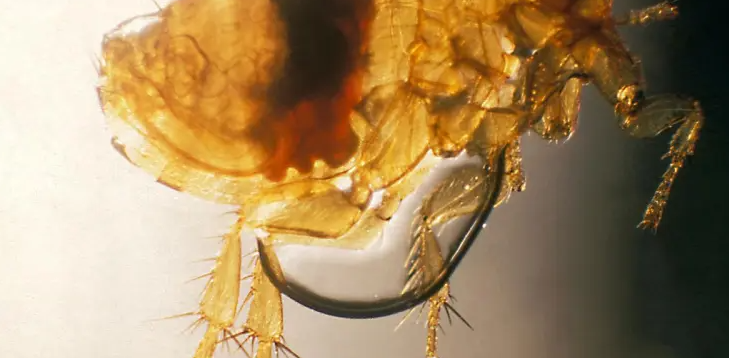Murine Typhus: First Reported Case in Kerala (GS Paper 2, Health)

Context
- In a significant health development, a 75-year-old man from Kerala has been diagnosed with murine typhus, a rare bacterial disease.
- This case is particularly notable as it marks the first recorded instance of murine typhus in the state.
- The patient recently returned from travels to Vietnam and Cambodia, where he may have been exposed to the bacterium responsible for the disease.
Diagnostic Advances
- Upon his return, the patient exhibited symptoms typical of murine typhus, prompting healthcare professionals to delve into his travel history.
- Advanced diagnostic techniques, specifically Next Generation Sequencing (NGS), were employed to identify the presence of Rickettsia typhi, the bacterium that causes murine typhus.
- NGS involves analyzing microbial DNA, providing a precise method for detecting infections that may not be easily identifiable through standard tests.
Understanding Murine Typhus
Overview
- Murine typhus, often referred to as endemic typhus or flea-borne spotted fever, is an infectious disease caused by the bacterium Rickettsia typhi.
- The disease primarily spreads to humans through bites from infected fleas, particularly those that infest rodents.
Reservoirs and Transmission
- Rodents, including common species such as rats, mice, and mongooses, are known reservoirs for Rickettsia typhi.
- Infected fleas can also be found on other small mammals, including household pets like cats and dogs.
- The prevalence of murine typhus is higher in tropical and subtropical coastal regions, where conditions are favorable for large rodent populations.
Transmission Mechanism
- The primary route of transmission for murine typhus is through bites from infected fleas.
- Fleas acquire the bacterium by feeding on infected rodents.
- Additionally, flea feces can infect humans if they come into contact with open cuts, scrapes, or mucous membranes.
- Importantly, murine typhus is not contagious between humans, meaning it does not spread directly from person to person or from people to fleas.
Symptoms
The onset of symptoms for murine typhus typically occurs 7 to 14 days after exposure to the bacterium. Common symptoms include:
- Fever: A sudden onset of fever is often one of the first signs.
- Headache: Patients may experience severe headaches.
- Body and Joint Pain: Muscle aches and joint pain can be prevalent.
- Nausea and Vomiting: Gastrointestinal symptoms such as nausea and vomiting are common.
- Stomach Pain: Patients may also report abdominal discomfort.
While many cases resolve within two weeks with appropriate treatment, untreated infections can lead to severe complications. These may include prolonged illness, affecting various body systems, and in rare instances, the disease can be fatal.
Treatment and Prevention
- Currently, there is no vaccine available to protect against murine typhus. However, early diagnosis and treatment are crucial for a favorable outcome.
- The antibiotic doxycycline is considered effective in treating murine typhus.
- Prompt administration of the antibiotic can alleviate symptoms and prevent complications, underscoring the importance of early detection.
Preventive Measures
Preventing murine typhus primarily involves minimizing exposure to fleas and rodents. Effective strategies include:
- Rodent Control: Keeping rodents out of homes is essential. This can be achieved through proper sanitation, sealing entry points, and using traps or baits as necessary.
- Food Storage: Properly storing food items and ensuring they are covered can help deter rodents and prevent flea infestations.
- Personal Hygiene: Maintaining personal hygiene, particularly after handling animals or being in environments where rodents are present, can reduce the risk of infection.
- Awareness and Education: Educating communities about murine typhus and its transmission can foster proactive measures to prevent outbreaks, especially in areas with high rodent populations.
Conclusion
- The emergence of murine typhus in Kerala serves as a crucial reminder of the disease's potential threat, particularly in regions where rodent populations are prevalent.
- The case highlights the importance of awareness, early diagnosis, and effective preventive measures in managing infectious diseases.
- By fostering a clean, rodent-free environment and emphasizing prompt treatment for symptoms, communities can mitigate the risks associated with murine typhus and protect public health.


